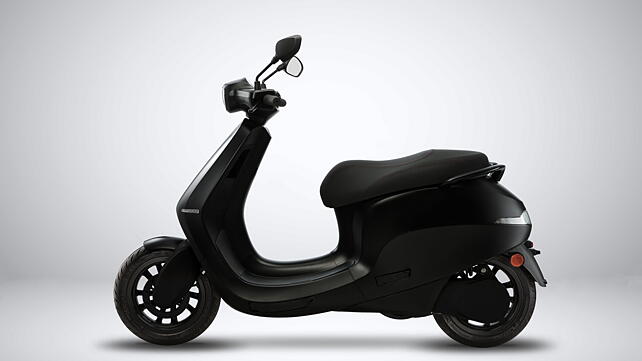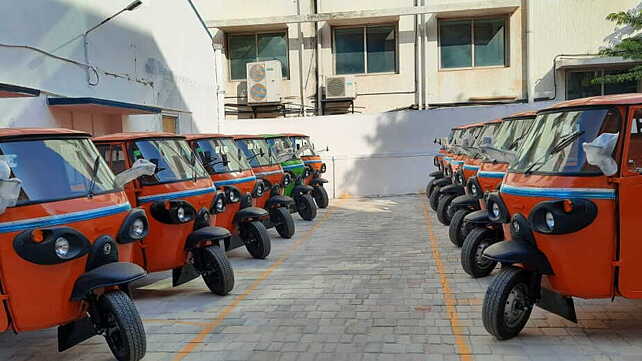
With reducing battery prices, new model launches, government incentives and limited span of commute, the Investment Information and Credit Rating Agency (ICRA) predicts that electric two-wheelers will account for 8-10%, while electric three-wheelers will account for over 30% of new vehicle sales in India by 2025.
Shamsher Dewan, Vice President & Group Head – Corporate Sector Ratings, ICRA said segments like scooters, 3W and SCVs have already achieved TCO parity with conventional vehicles due to the low operating cost and attractive subsidy support, and are thereby expected to become early adopters of EVs in India. “The penetration levels in cars and trucks are likely to remain low in the medium term,” he said.
Electric two- and three-wheeler segments have a relatively lower dependency on commercial charging infrastructure (owing to the limited span of commute) and can also adopt battery swapping to allay charging related concern for commercial applications.
Furthermore, operating cost metrics continue to favour electric two- and three-wheelers for commercial operations. In fact, an e3W over the life of the vehicle will be much more cost economical than its CNG counterparts.
Read Also: Severe Second Wave Impact Rural, Urban Demand For Automobiles
India can capitalise on its vast two- and three-wheeler segment to emerge as a leading manufacturer of e2W and e3Ws globally. However, it will continue to lag in the electric car segment.

“Affordability and range anxiety continue to remain key challenges, especially in the passenger car and truck segment and penetration levels are likely to remain low over the medium term. The absence of a local supplier ecosystem and high dependency on imports make things tougher,” Dewan said.
However, the development of local manufacturing of batteries, critical components and charging infrastructure would remain critical for incentivising the local EV ecosystem, which is currently weak.
ICRA expects the recently announced production linked incentive (PLI) scheme for auto components and ACC batteries to provide much-needed impetus for localising manufacturing in the sector. While dependency on imported battery cells will continue in the medium term, Indian companies can focus on localising other parts, including motor and controller in the near term, followed by localisation of battery management systems and other electronics over the next three to five years.
On the global front, the industry is witnessing major technological transitions, with a shift from conventional powertrains to electric powertrain. This transition will not only impact OEMs and their vendors within the auto industry but other stakeholders like oil producers, refineries, financiers, and others, ICRA said.
Growth in Global EV Sales
According to ICRA, while global automotive demand declined during CY2020 due to COVID-19 related impact, EVs remained the bright spot with approximately 40% growth over the previous years. Globally, EVs accounted for 4.4% of new car sales during CY2020 and their share is likely to cross 5% level in CY2021.
ICRA sees the transition to EVs as inevitable. The pace of penetration, however, will be relatively gradual in India unlike global markets like China, Europe, and USA.
Unlike other markets, especially China, which has taken a significant lead in public charging infrastructure, it will take several years for India to reach that level of charging infrastructure penetration. Hence, India could focus on 2W, 3W and buses, where the requirement of public charging infrastructure is limited.